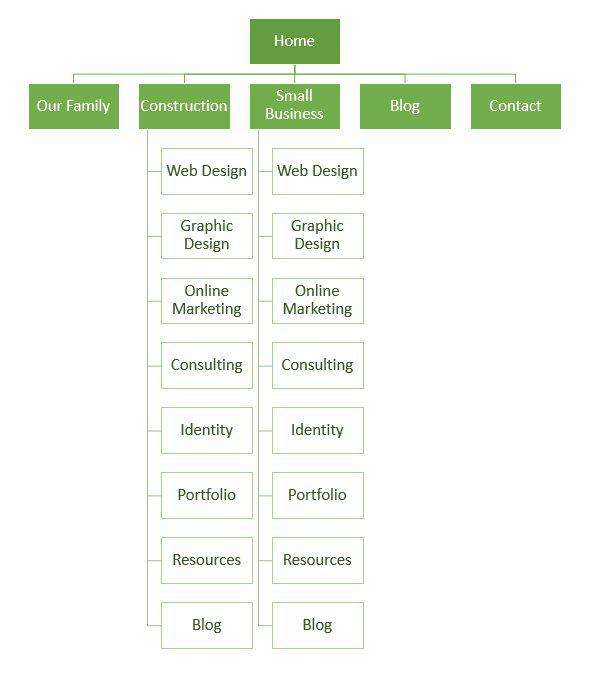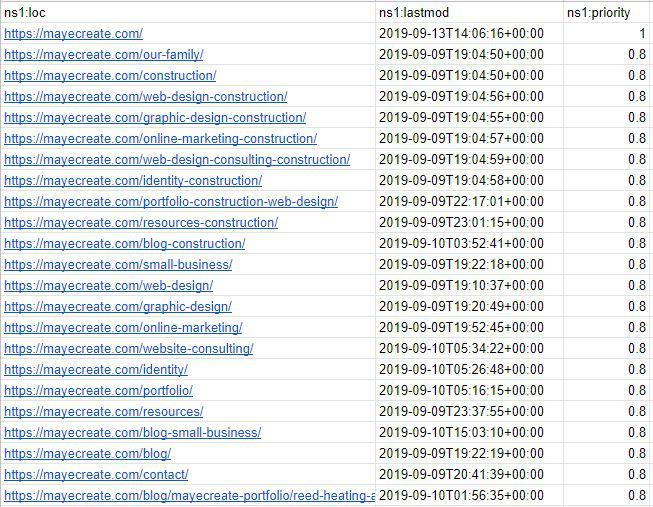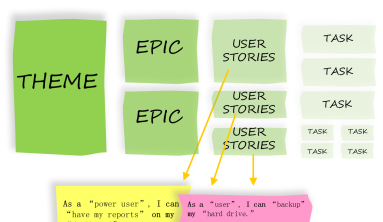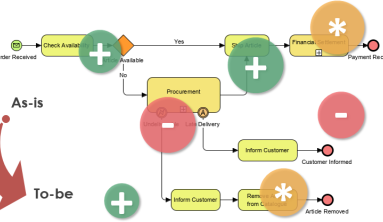If you’re like many business owners, you’re busy. At best, you find time to delve into the parts of your business that you love. At worst, you’re buried in administrative tasks. Either way, you don’t spend time considering the little digital emissaries crawling all over your website, deciding whether or not to point people in your direction.

Even if you’re a whiz at creating content and communicating about your business online, blog posts, web pages, and contact forms floating adrift in a sea of code won’t attract many passing ships.
That’s where sitemaps come in!
A sitemap can be your anchor…or better yet a lighthouse with a far-reaching beacon guiding all those who search the internet to their final destination — your website!

What’s a sitemap?
Fun fact: “Sitemap” has three (or possibly more than three) definitions, and not everyone will be forthright about which type of sitemap they’re discussing.

Definition 1: A Hand-Drawn Map or Flowchart of Your Website
One type of sitemap can be compared to a hand-drawn map. It’s a visual representation of your site that you make in a program like MS Word, PowerPoint, Google Sheets, Google Docs, etc. It’s a flowchart of your site that shows how the pages are linked together and is often used for planning and design.
Why would you want a sitemap like this?
Keeping your content organized when planning a new website can feel confusing. A sitemap flowchart keeps information organized and presented in a way that’s easy to understand. We use this style of sitemap to show clients how the navigation on their site will be nested. Our designers use it to determine how to organize the pages in the site and plan the navigation design.
Definition 2: A GPS System for Google or XML Map of Your Website

The second, more techy type of sitemap is an XML sitemap. Think of this sitemap as a digital GPS system — like an app on your phone or whatever is installed in your fancy car. This map is generated using data from your site, and it’s an accurate representation of the pages of your site and how they are linked together.

Why have a sitemap like this?
According to Google, “A sitemap is a file where you provide information about the pages, videos, and other files on your site, and the relationships between them. Search engines like Google read this file to more intelligently crawl your site.”
Maintaining a well-mapped site means the Google crawlers can easily see what kind of information you offer and send search engine users to your web pages.
Bottom line: having a sitemap helps people find your website — which means they can find you and your services.
Definition 3: A Map of Pages to Help Visitors Navigate Your Site
In the past he was very common to see a sitemap link on websites. The sitemap page displays all the pages of website and provide links to each individual page. You sometimes see a link to these sitemaps in the website footer.
Do you need a sitemap like this?
Websites with well-designed navigation don’t need a page with a full sitemap. As website navigation has evolved and become easier to use, web site users have become more familiar with it and it’s easier to find things. If you feel like you need to have one of these sitemaps, you might consider redesigning your navigation, adding breadcrumbs, or a search and filter function to your site.
You’re a sitemap-savvy business owner!
Okay — now you know what people are talking about when sitemaps come up in conversation. Heck, you could even start a sitemap conversation at your next business networking event. And all the while, online prospects will be waltzing toward your site and learning about your services, because you implement smart sitemapping strategies!
How does a sitemap help my site?
The visual sitemap we mentioned earlier is used for outlining and planning your site with a designer. You can even include your “hand-drawn map” as a page on your site, if you think it would be helpful to your audience. Think of that visual sitemap is a set of plans for a deluxe online storefront. Then think of the XML sitemap is the smoothly paved road that helps people arrive at your glorious website.
Source: mayecreate






